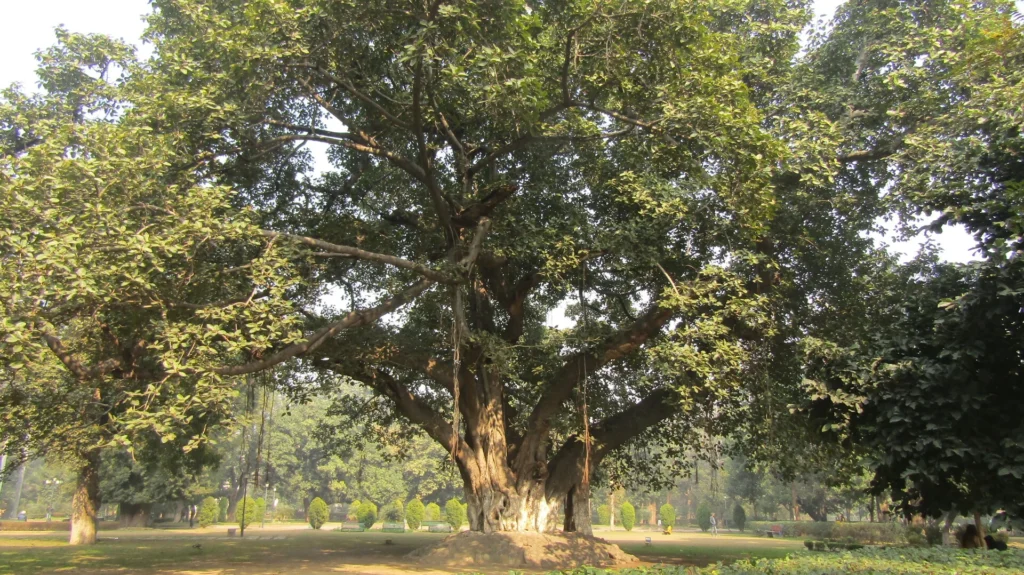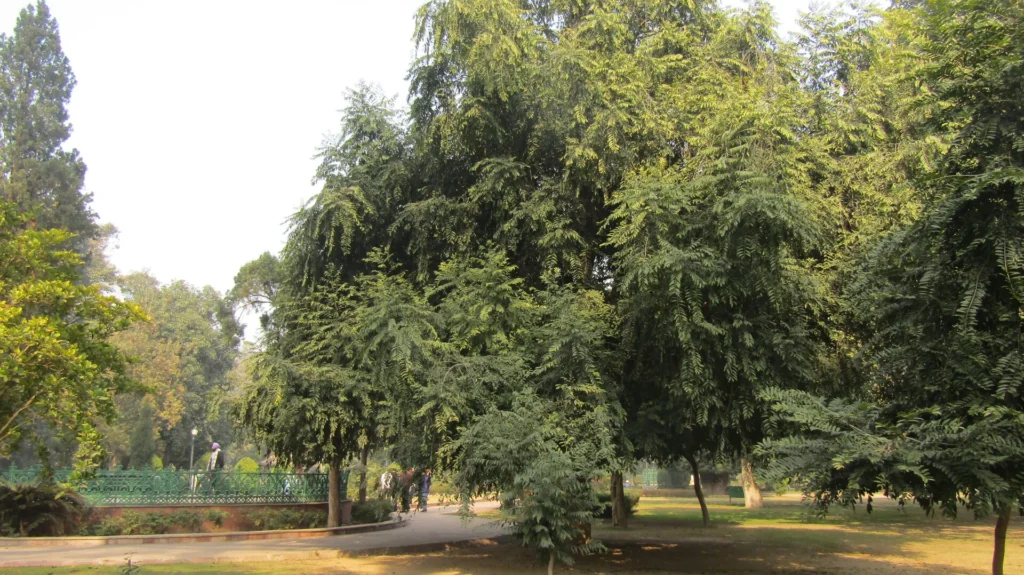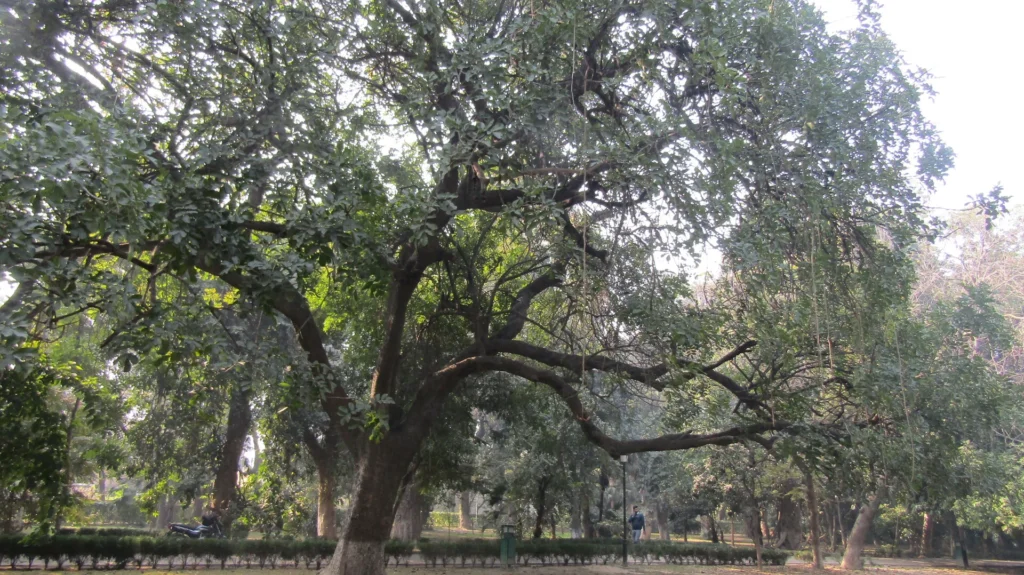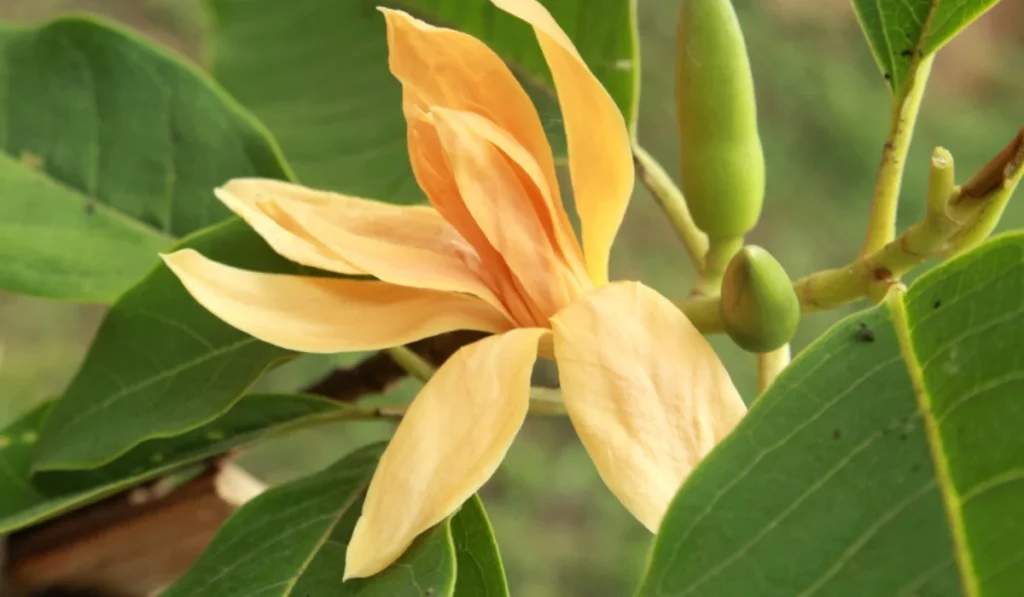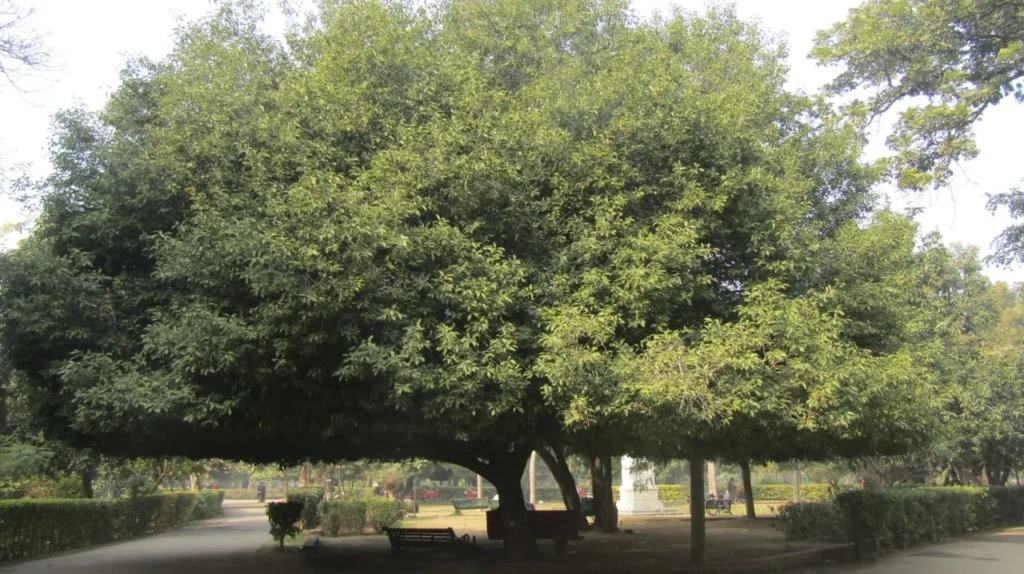Bombax ceiba, like other trees of the genus Bombax, is commonly known as cotton tree/Simbal. More specifically, it is sometimes known as Malabar silk-cotton tree; red silk-cotton; red cotton tree; or ambiguously as silk-cotton.
- Kingdom: Plantae
- Characteristic feature: Tracheophytes
- Type of seed: Angiosperms
- Order: Malvales
- Family: Malvaceae
- Genus: Bombax
- Species: B. ceiba
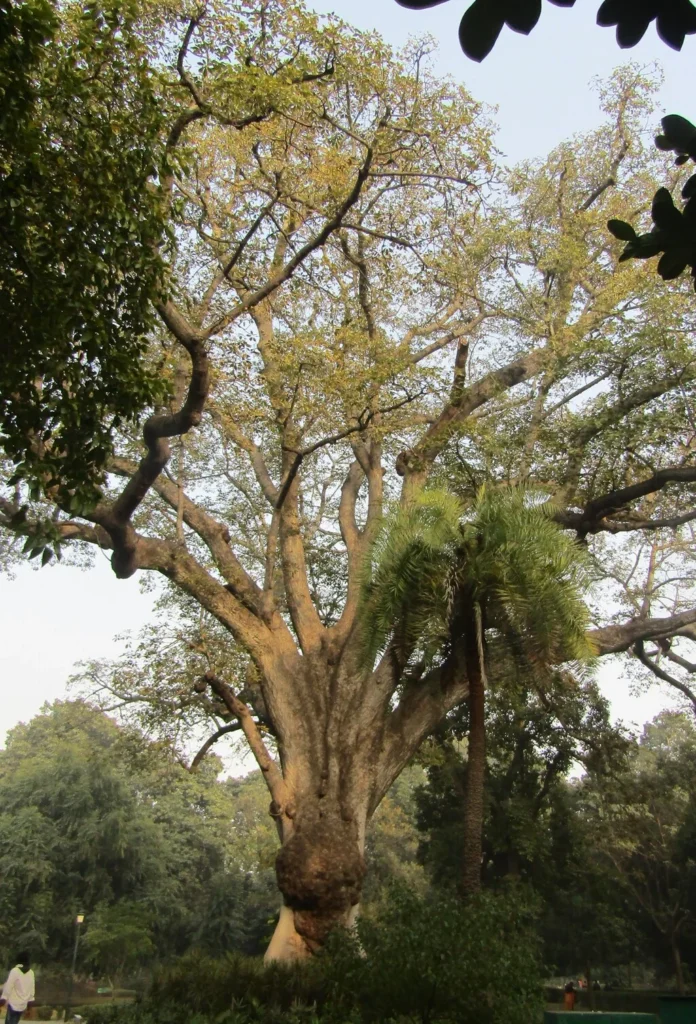
Bombax ceiba grows to an average of 20 meters, with old trees up to 60 meters in wet tropical regions. The trunk and limb bear numerous conical spines particularly when young, but get eroded when older. The leaves are palmate with about 6 leaflets radiating from a central point (tip of petiole), an average of 7–10 cm wide, 13–15 cm in length. The leaf’s long flexible petiole is up to 20 cm long. This Asian tropical tree has a straight tall trunk and its leaves are deciduous in winter. Red flowers with 5 petals appear in the spring before the new foliage. It produces a capsule which, when ripe, contains white fibres like cotton. Its trunk bears spikes to avoid attacks by animals.
The white fluffy fibres are carded into thread and woven into textiles in Nepal and India. In North India, the fibers are also used in pillows. In Thailand, the dry cores of the Bombax ceiba flower are an essential ingredient of the spicy noodle soup of the cuisine of Shan State and Northern Thailand.


